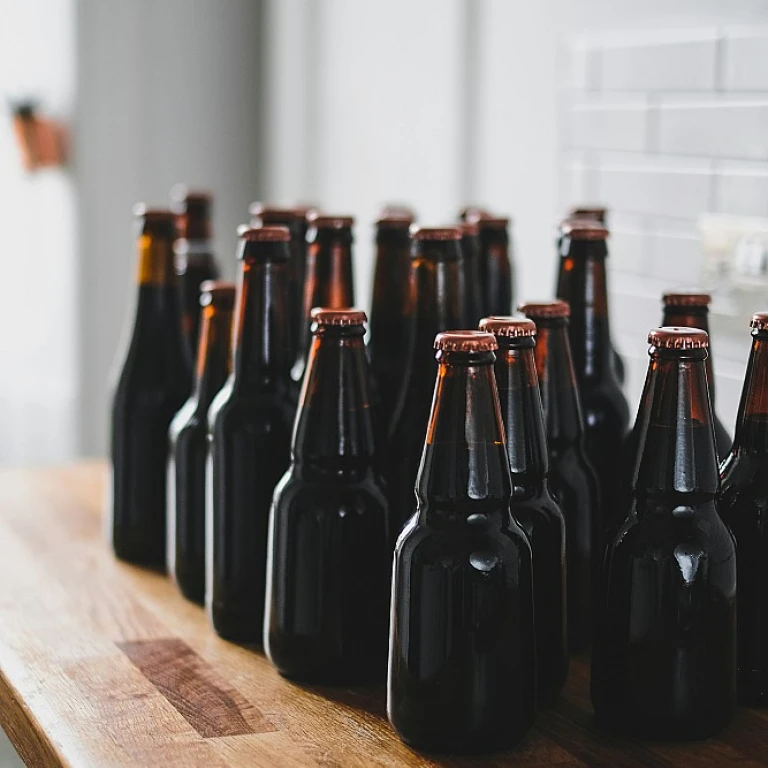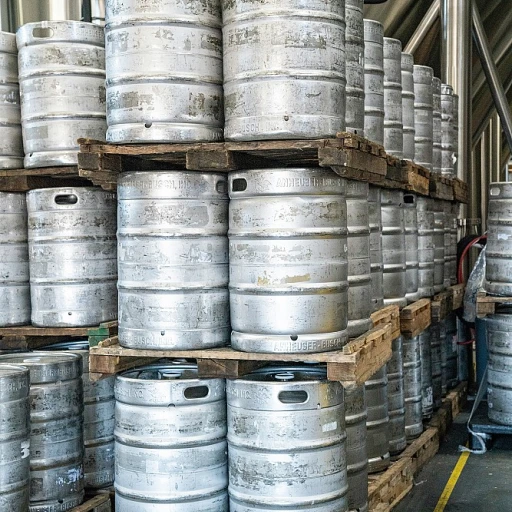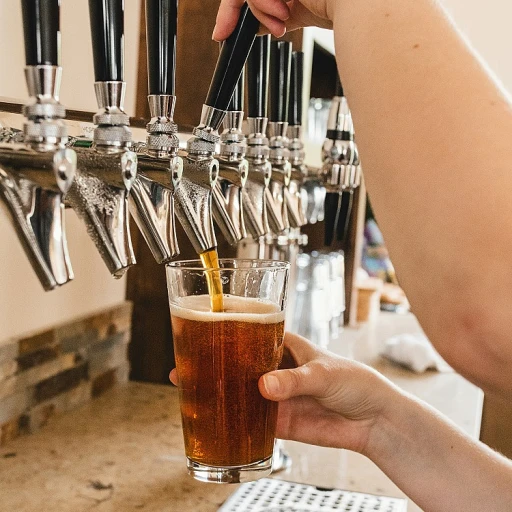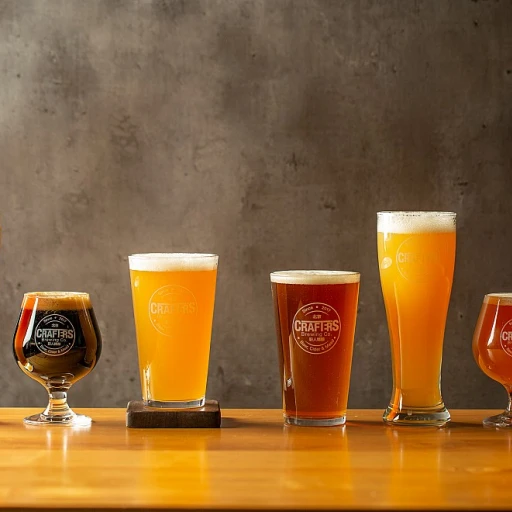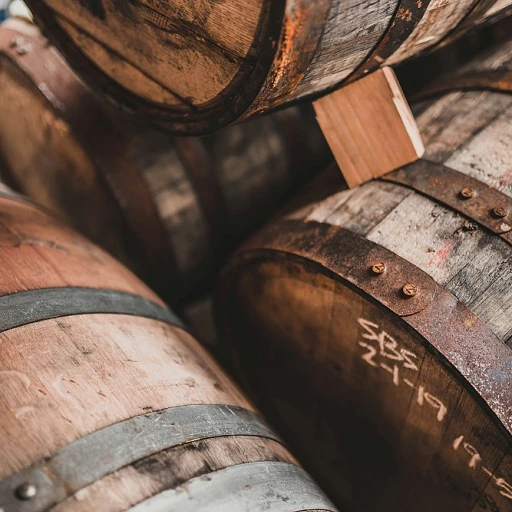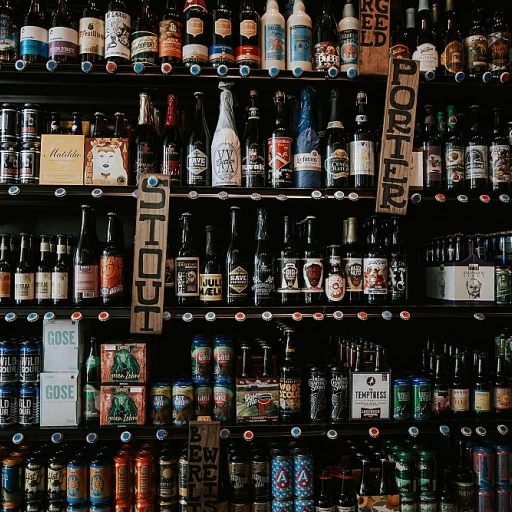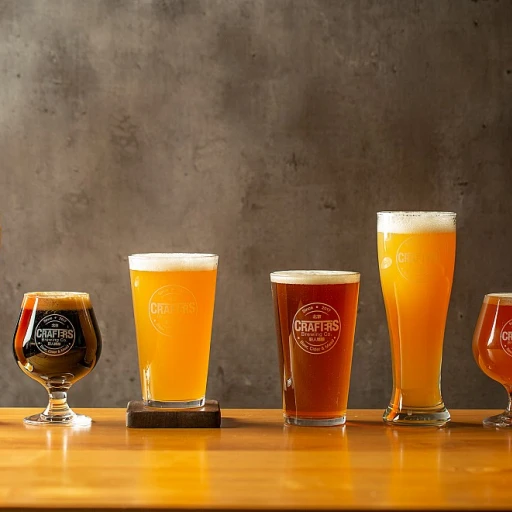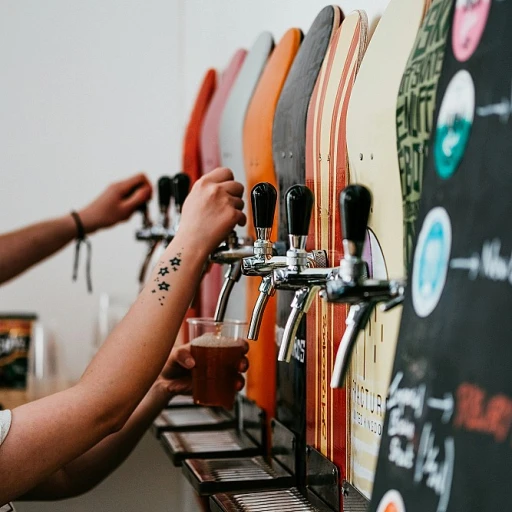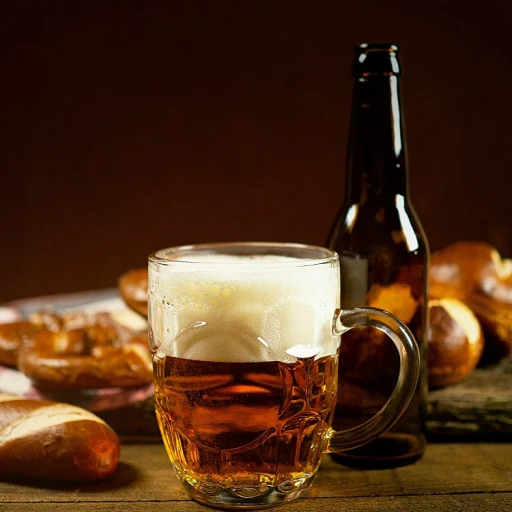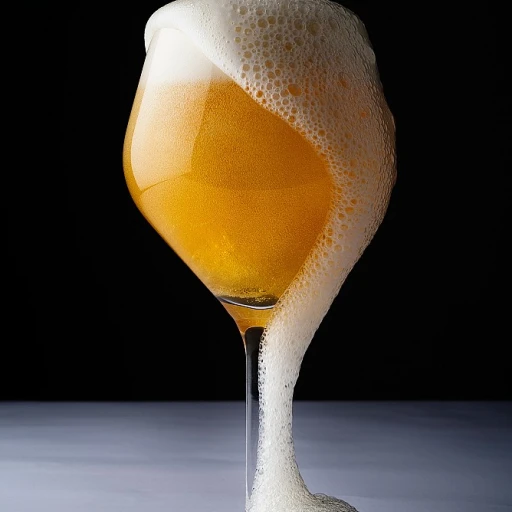
Understanding the Keg Pump Basics
The Fundamentals of Keg Pumps
When it comes to serving draft beer, understanding the components and functionality of a keg pump is essential. A keg pump, often called a party pump, is an apparatus that allows beer to be dispensed directly from a keg without the need for a CO2 tank. It’s a popular choice for casual gatherings and events where portability and ease of setup are priority.How Keg Pumps Work
The basic mechanism of a keg pump involves manually pumping air into the keg, which creates pressure that forces the beer out through the tap. This is achieved with a hand-operated lever or pump connected to the keg via a coupler. While cost-effective and simple, it's worth noting that the introduction of air into the keg shortens the beer's shelf life, making it ideal for consumption within a short period.Components of a Keg Pump
- Pump Handle: Used to manually inject air into the keg.
- Coupler: Connects the pump to the keg, securely fastening to the keg's valve.
- Beer Line and Faucet: Acts as the conduit and control for the beer, transporting it from the keg to your glass.
Choosing the Right Pump for Your Keg
Identifying the Ideal Pump for Different Keg Types
Choosing the right pump for your keg is crucial for ensuring a perfect pour. Depending on your keg type and personal preferences, the pump requirements may vary. Here's what you need to consider:
- Keg Size: The size of your keg significantly affects the type of pump you need. For instance, a standard 15.5-gallon keg (also known as a half-barrel) will require a sturdy pump capable of handling more liquid compared to a smaller keg, like a 1/6 barrel.
- Gas vs. Manual Pump: Assess if a gas pump or a manual pump suits your needs better. Gas pumps, typically CO2, provide a consistent pressurization and are easier to use for larger parties or events. Manual pumps, often referred to as party pumps, are great for smaller gatherings and are budget-friendly.
- Keg Valve Compatibility: Ensure the pump fits your keg's specific valve type. Popular options include D-System (American Sankey), S-System (European Sankey), U-System (Guinness), and others. Buying a pump with the wrong coupling system would prevent proper attachment to the keg.
- Usage Frequency: If you frequently enjoy or serve draft beer at parties, investing in a more durable and high-performance pump may be worthwhile. On the other hand, if hosting events is occasional, a simpler, less expensive model might suffice.
In case you need more detailed information on choosing between different types of alcohol dispensers, you might find this linked guide insightful.
Setting Up Your Keg and Pump System
Assembling Your Keg and Pump System
Setting up your keg and pump system properly is crucial for ensuring a flawless pour. Follow these steps to get your beer serving system up and running smoothly.
- Position Your Keg: Find a stable spot for your keg that's close to your serving area but away from direct sunlight and excessive heat. Ensure there's enough space around the keg to easily attach the pump system.
- Secure the Pump: Attach the pump to the keg's opening, making sure it's tightly secured to prevent any leaks. If your pump uses a wing nut or another fastening mechanism, make sure these are adequately tightened.
- Connect the Tubing: Attach any necessary tubing from the pump to the tap handle or faucet. Check all connections for security, ensuring there are no kinks or bends that might interfere with the beer's flow.
- Pressurize the System: Begin pumping to pressurize the keg. You'll typically need to pump several times initially until you feel some resistance. This helps to build the necessary pressure that will propel the beer through the lines.
Proper setup of your keg and pump system is the foundation for a smooth beer pouring experience. For more insights into beer serving setups, dive into our extensive guide on the world of bottled brews, and enhance your beer-serving skills further.
Tips for a Smooth Beer Pour
Effortless Techniques for Seamless Beer Pouring
Getting a smooth pour from your keg pump is essential to enjoy the perfect pint. Here are some tricks to ensure every pour is just right:- Maintain the Right Temperature: Keep your keg cold but not freezing. Ideally, it should be stored at a temperature between 36 and 38 degrees Fahrenheit. This helps in controlling foam and ensures a refreshing pour each time.
- Proper Pumping Techniques: Over-pumping is a common mistake that can cause excessive foam. Aim to pressurize the keg with just a few pumps initially, and only pump more if the beer flow slows down.
- Angle and Pouring Speed: Tilt your glass at a 45-degree angle initially, and if possible, control the flow rate by adjusting the tap. This minimizes foam and gives you a perfectly level pint.
- Let the Beer Settle: After the initial pour, give the beer a moment to let the head settle. If the foam is too high, wait until it reduces before topping up your glass.
- Regular Cleaning: Keep your pump equipment clean to avoid contaminants that can affect flavor and impede the flow. After each use, give your pump and lines a thorough rinse with warm water.
Maintaining and Storing Your Keg Pump
Regular Cleaning Procedures for Your Keg Pump
To ensure the longevity and efficiency of your keg pump, it's crucial to keep it clean. After each use, disassemble the pump and give it a thorough clean with warm, soapy water. Rinse every part meticulously to prevent any soap residue, which can affect the taste of your beer.- Disassembly: Take apart each component of the pump to clean all surfaces thoroughly.
- Sanitization: After washing, sanitize the pieces using a food-grade sanitizer to kill any lingering bacteria.
Proper Storage Techniques
When storing your keg pump, ensure it's completely dry to avoid any mold buildup. Keep it in a cool, dry place, free from direct sunlight. Use a sealed bag or container for storage to protect it from dust and dirt.- Complete Drying: Wipe each part with a clean towel and allow them to air dry completely before storing.
- Protective Storage: Use containers or bags to prevent dust and moisture exposure.

